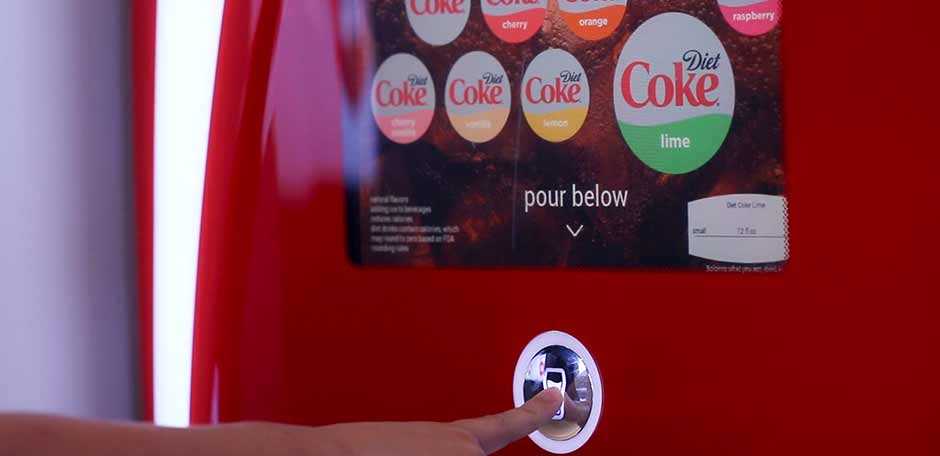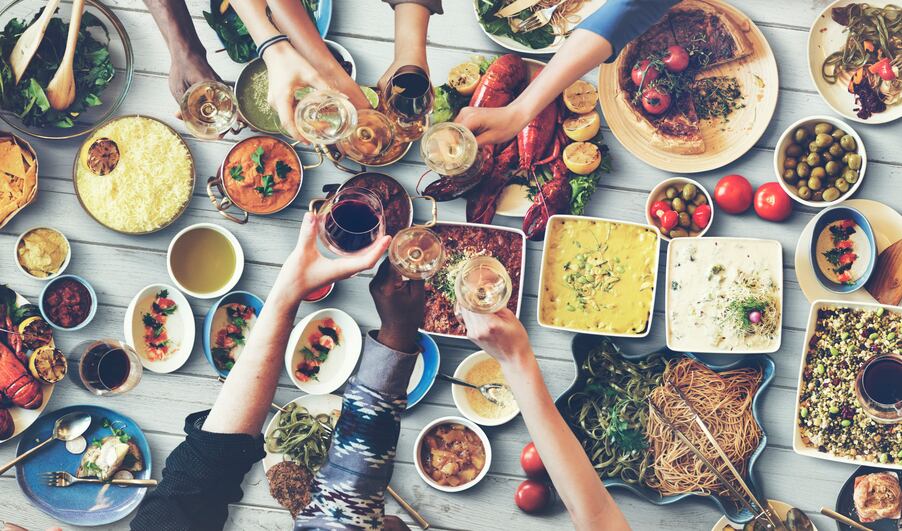The food and beverage industry is under siege from challenges on both the supply and demand side. Changing consumer expectations, an amplified social media voice and growing scrutiny over what people are eating – and excluding from their diets – is placing pressure on traditional brands.
Leatherhead Food Research recently completed a series of nationally representative studies in global markets. The findings highlighted that consumers can be “quite fickle”, Emma Gubisch, suggested.
“It can feel like they are quite inconsistent. They can say one thing to us in our research but then their behaviour seems to be very different from what they are telling us,” she explained at an Institute of Food Science and Technology (IFST) event last week.
Personalisation: the ‘next evolution’
Shifting consumer demands are contributing to the evolution of food tribes. People who associate a particular diet with lifestyle choices, be it meat-free, all-natural, paleo or organic. According to Gubisch, increasing personalisation represents a continuation of this trend.
“Consumers are turning away from mass-produced food and looking for something other – whether that’s natural, free-from, local or organic,” the Leatherhead researcher noted. “Companies are looking at ways they can differentiate their products, address the consumer need. Personalisation is the next step in that journey, the next evolution.”
Gubisch predicts that the time is ripe for personalised offerings to make their way into the mainstream.
“The time is right for personalisation. Everything is coming together to enable it to happen. From a technological point of view over the last 20 years, the internet has exploded, you can purchase online, revive products direct from the manufacturer.
"We are seeing the advent of wearable devices where you can measure activity and food intake. We are seeing a consumer that is open-minded and curious to new eating habits – not necessarily our three meals a day – being open to eating in different ways.”
Personalised marketing, products and nutrition
Leatherhead divides the personalisation trend into three broad categories: personalised marketing and branding, personalised sensory experiences and personalised nutrition.
From a marketing perspective, Gubisch said that while it can seem ‘gimmicky’ personalised branding (such as M&Ms with printed pictures or Nutella with a personalised label) is particularly relevant to gifting occasions.
“It is about tapping into an emotional connection. People do think differently about gifts that are personalised. From nationally representative studies in the UK and US, we found 28% thought the person had put more thought or effort into the gift.”
Personalising the sensory experience delivered by a product – the taste of a product for instance – requires companies to think more outside the box. Gubisch pointed to the Coca-Cola Freestyle and Pepsi Spire machines that allow people to mix their own beverages, with unique combinations of syrups and carbonation levels.

“Coca-Cola use data from these machines as a route to product development. They launched Cherry Sprite in 2017 in the US off the back off that data collected around people’s preferences and what they were mixing.
“It is the ultimate of co-creation – you are creating that product with consumers and their preferences.”
This kind of sensory personalisation is increasingly becoming the norm in the foodservice and restaurant sector.
“We can go into a McDonald’s or KFC and we can have products the way we want them to our specification. That is something we expect and want to be done quickly. 37% of people in our survey had asked for a meal in a restaurant or café to be adapted in some way. 19% said they have ordered off the menu. People really expect to be able to personalise things to their own needs and desires.”
Consumer attitudes to diet are evolving
In the US and UK, 42% of consumers incorporating food into their diet that they think will improve their health and 32% have excluded foods.
Looking at a more global context, with data from the UK, US, France, China and Brazil, this shift is also evident. Leatherhead research found:
- 50% of consumers are trying to eat less sugar
- One-third of consumers are trying to eat less meat,
- One-third are trying to cook more from raw ingredients
- One-quarter are trying to drink less alcohol
- One in ten are trying to cut gluten
- One in ten are trying to cut dairy
- One in six are trying to eat more protein
Finally, when it comes to personalised nutrition based on genetic data and our evolving understanding of the microbiome, Gubisch sees an important opportunity – albeit one that remains in its infancy.
“Personalised nutrition is a really big growth opportunity for companies. We are seeing the market really coming together – nutrition is no longer seen as a one size fits all,” she noted.
Different levels of personalised nutrition can be seen in the marketplace today, from restaurants like UK-based Mojo which offers personalised meals based on preference to Habit, which provides companies with personal dietary information based on tests that examine physiological responses to foods.
Gubisch believes tech will come to play a greater role in the delivery of truly personalised solutions because it is increasingly being linked to nutrition and health. Leatherhead’s consumer research data found 23% of people have used an Apple wearable device, while in five have used a website to find recipes.
Barriers: Consumer and production
Some significant hurdles lie ahead for companies working to build personalised offerings. Not least, the issue to trust when it comes to data collection and storage.
“The big question in this is about earning consumer trust. It is about a two-way dialogue with consumers and them being willing to share personal information. Trust is a very big issue at the moment and it has deteriorated in the wake of certain scandals.”
Leatherhead’s research found 82% of US and US consumers were concerned about the amount of information companies have on them. However, there was also a willingness among some to share data if it resulted in recognisable benefits. In total, 35% of respondents said they would share data in return for personalised foods, while 28% of people said they would be more willing to do so if the sector was regulated.
Another important barrier from a consumer perspective is that it is hard for people to understand how personalisation can fit into their lives. According to Leatherhead’s panels, people often asked how a personalised meal plan can feed a family. Food makers need to understand how different consumer segments will use these options on a product-by-product basis.
Consumer desire for foods, beverages and experiences that are personally relevant to them is a need that it is difficult for many companies to meet. “Companies are set up for mass production. They are not set up to create individual products for individual consumers. They don’t have those business models. And often they have legacy factories that mean they have to operate in a certain way,” Gubisch noted.
Smaller more agile start-up companies are quickly moving into this void with new business models that leverage emerging technologies, such as direct-to-consumer meal plans and kits.
Some companies have recognised that their existing systems are not set up for delivering personalisation, Gubisch believes. “Some companies are recognising they can’t operate and achieve this in existing companies,” she said, pointing to Campbell Soup’s investment in personalised nutrition group Habit.
Future gazing with the consumer
Asking consumers what forms of personalisation they would find most interesting in the next ten years, Leatherhead found there are “great opportunities” in this space.
Four in ten consumers said they would be interested in apps, websites and meal delivery companies creating meal plans based on dietary needs. This is about “taking away the headache” of meal planning, Gubisch believes.
Around one-third of consumers said they would be interested in services based on DNA, while about a quarter of people said they would use a handheld device to identify calories in food. In total, one-quarter of people said they would also use a robotic kitchen that could cook, plate and serve personalised meals.
“Personalisation is a way for companies to differentiate in the market, make closer connections with consumers, to understand needs, and make more meaningful products,” Gubisch concluded. “It does present challenges… [but] those things will be overcome in time and consumers will come to recognise that it can help them to make their own choices and improve health and wellbeing.”




